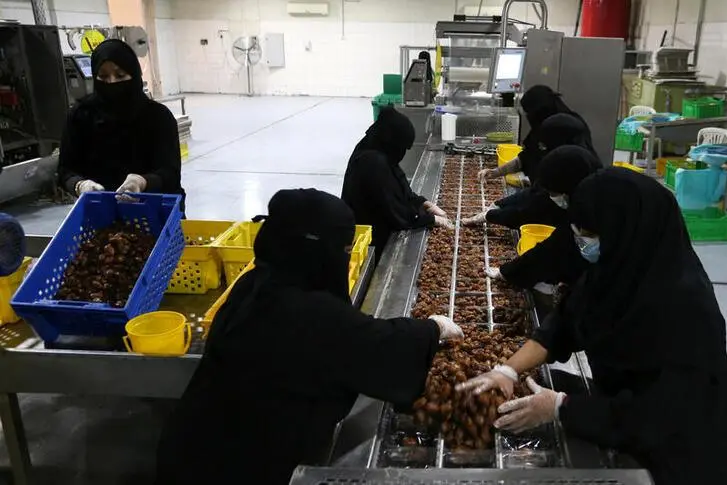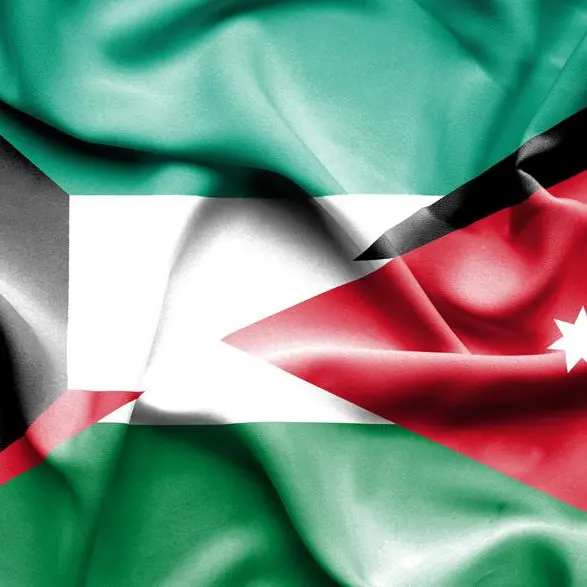PHOTO
Rising female participation in the labour force has the potential to boost Saudi Arabia's non-oil growth and improve average household incomes, Moody’s Investors Service says in a recent research report.
This, in turn, would reduce pressure on the government to subsidize living standards of Saudi nationals through social spending programmes and through the provision of public sector employment, the report said.
The labour force participation rate among Saudi women increased to 31.3 percent in the third quarter of 2020 from 26 percent at the end of 2019
Although it remains one of the lowest in the world, the rate is now nearly double that in 2016.
Video: Higher women's participation in labour force will benefit Saudi Arabia
Last year's increase is also notable because it was somewhat unexpected in the context of the pandemic, which has led to a decline in female labour force participation rates in other parts of the world as disproportionately more women have dropped out of the labour force, in part due to increased childcare responsibilities that have resulted from lockdowns and school closures, Moody’s said.
Generating new employment opportunities for Saudi nationals, particularly for Saudi women, will likely be a key economic benefit of greater progress on the diversification agenda in the medium term. This will also be a key credit benefit for the sovereign, reducing fiscal pressures on the government to provide employment and social support for the nationals.
But for this benefit to materialize, increases in female labor force participation have to be matched by growth in suitable employment opportunities for women in the private sector. While over the past five years this has generally been the case, rising Saudi female labor force participation in the 2000s was associated with more than a doubling of the female unemployment rate to 35 percent
in 2012 as many new entrants into the labor force were unable to find jobs.
However, while the female unemployment rate has since declined modestly to 30.2 percent in 2020, it remains nearly twice that of Saudi men. As a result, Saudi women—who contribute only around 31 percent to the overall national labor force—account for nearly two-thirds of the overall unemployment rate of Saudi nationals, which was 14.9 percent in the third quarter of last year.
In this sense, Saudi Arabia's elevated unemployment rate is primarily a challenge related to reducing and controlling unemployment among Saudi women. This includes ensuring that increases in female labor force participation are met with strong job creation.
Raising female participation in the labor force was one of the strategic objectives under the National Transformation Program of Saudi Vision 2030, which the government launched in 2016. The government targeted an increase in the female labor force participation rate to 30 percent by 2030 (28 percent by 2020), which it has now achieved ahead of schedule.
A related strategic objective under the Saudi Vision 2030, namely lowering the Saudi national unemployment rate to 7 percent by 2030 (9 percent by 2020) remains far off, even after adjusting for the effects of the pandemic. Achieving this goal would most likely require at least halving the current female unemployment rate, which will likely take time.
(Writing by Brinda Darasha; editing by Daniel Luiz)
Disclaimer: This article is provided for informational purposes only. The content does not provide tax, legal or investment advice or opinion regarding the suitability, value or profitability of any particular security, portfolio or investment strategy. Read our full disclaimer policy here.
© ZAWYA 2021












